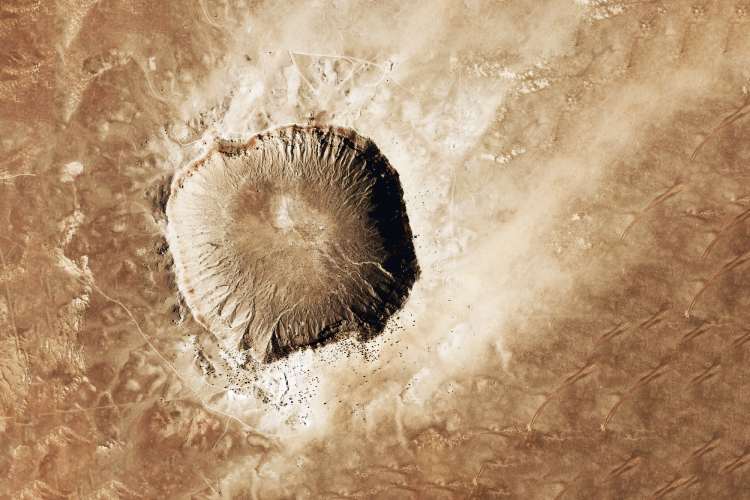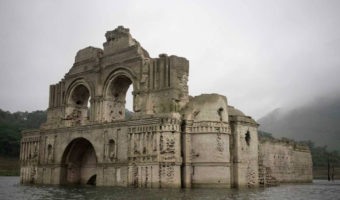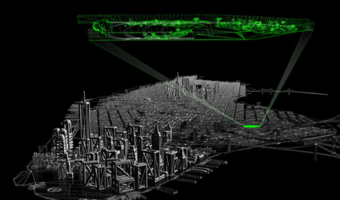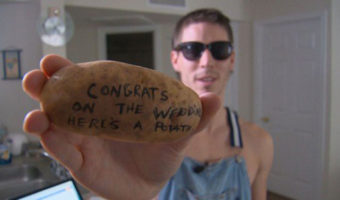What Really Happened When This Man Bet His Fortune on a Meteor Crater?
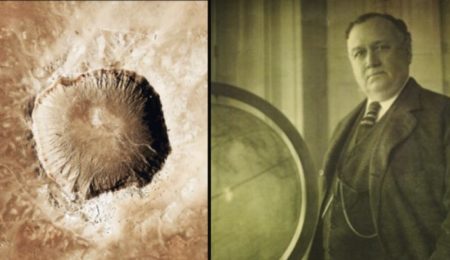
Meteorites are filled with valuable minerals and metals such as nickel and iron. So, getting your hands on a huge meteorite and all its metal is no less than a jackpot. That’s what Daniel Barringer wanted to do when he came to learn about a crater in Arizona. Daniel, a geologist by profession, spent a fortune to extract iron ores that he believed existed in the meteor crater.
So, did Daniel’s speculation land him a jackpot, or was it just a wild shot? Read on to know how the events unfolded.
Table of Contents
Before Daniel, the meteor crater was perceived to be a volcano.
Since its discovery in 1891, the massive pit in Arizona was believed to be a volcano. Daniel Barringer believed that the big hole in the ground wasn’t caused by a volcano but by a meteorite impact. Most people refused to believe him, but he didn’t give up. During the early 1900s, he drilled, dug, and blasted through the rocks for over 20 years. All of it was in search for the evidence to support his theory.
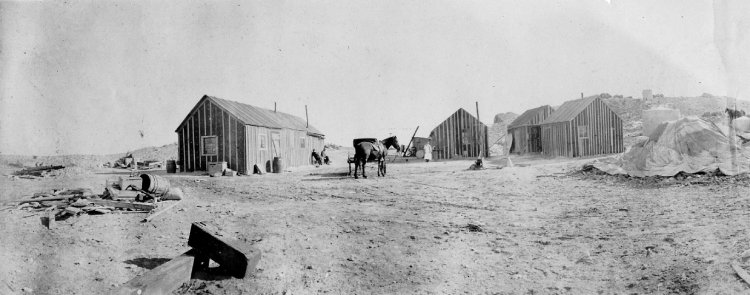
Barringer uncovered over 2,000 fragments of iron-nickel alloy at the site, which only occur in meteorites. He also found rocks that were shattered and pulverized, as if something very powerful had hit them. And he noticed that the rock layers around the crater were bent and twisted as if they had been pushed up from below. All signs pointed to a meteorite impact, but not everyone was convinced.
One of Barringer’s main opponents was Grove Karl Gilbert, a famous geologist who had mapped the area in 1900 and found some iron fragments himself. But Gilbert believed the crater was a volcano and the iron fragments were just a coincidence. So, Gilbert never approved Barringer’s claim of the pit being a meteorite impact crater. The two men argued back and forth, but neither could prove their point definitively.

It wasn’t until 1950 that a young geologist named Eugene Shoemaker came along and cracked the case. Shoemaker realized that the crater’s shape was very similar to those created by atomic bombs. He also discovered a special mineral called coesite in the rocks around the crater, which only forms under the extreme pressure of a meteorite impact or an atomic explosion. With this evidence, Shoemaker confirmed that Barringer was right all along: the crater was indeed caused by a meteorite impact.
The meteor crater did not yield what Barringer was looking for!
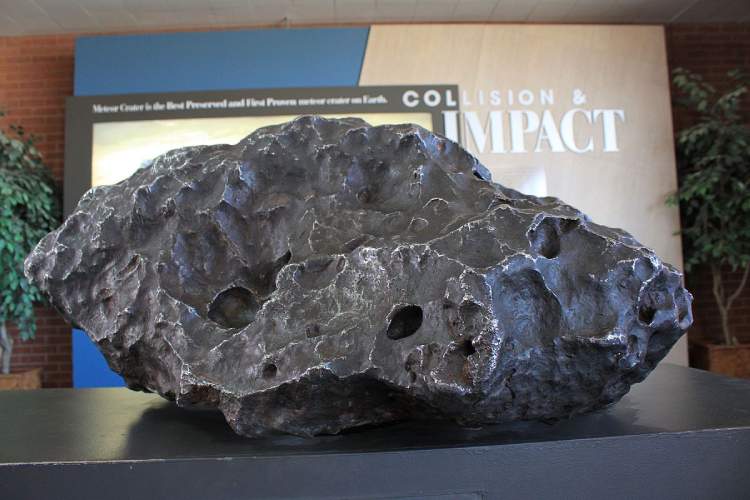
The main motive of Daniel Barringer behind purchasing the crater in 1903 was to excavate the precious iron ore from the remnants of the meteorite. Daniel was correct to assume that the crater was a meteorite impact site and not a volcano, but unfortunately, his hunch of finding tons of iron ore at the site proved to be a massive misjudgment. The majority of the metal in the meteorite evaporated at the time of impact. So, the fortune he spent buying the land and carrying out the decades of massive excavation brought him nothing in return. The remnants of the operations can still be seen on the site.
But Barringer wasn’t ready to give up on the crater. The property was passed down through the generations, and the crater site was turned into a thriving family-owned enterprise. Drew Barringer, Daniel’s grandson, now looks after the crater as the Chairman and CEO of the Barringer Crater Company.
These days, the crater is a popular tourist attraction with a state-of-the-art museum and a huge visitor center. It welcomes nearly 270,000 visitors each year, but some believe that the private ownership of the crater is holding back scientific exploration and research.
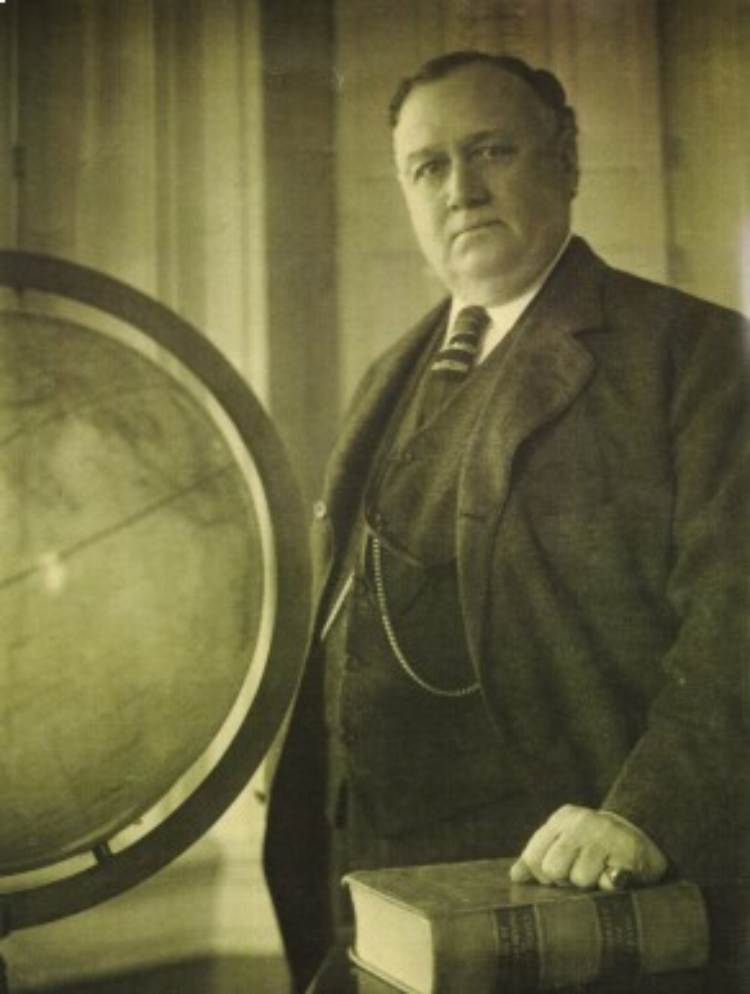
The Barringer family asserts that they protect the crater and make it accessible to scientists and researchers so that they study the meteorites there. Even though Daniel Barringer didn’t strike it rich with the iron ore, he unknowingly left behind a legacy for his family and future generations to enjoy.
The Arizona meteor crater is more than 50000 years old!
The Barringer or Arizona meteor crater is a unique geological site that has captured the attention of visitors worldwide for over a century. Located in the Canyon Diablo region, 19 miles west of Winslow, Arizona, the crater is a well-preserved bowl-shaped pit that measures about 4,000 feet in diameter and is approximately 600 feet deep inside its rim. The crater’s rim rises nearly 200 feet above the surrounding plain, making it a striking feature in the landscape.
The crater’s age has been the subject of debate among scientists since its discovery in 1891. However, most researchers believe that the crater’s formation was caused by a massive meteorite impact over 50,000 years ago. Drillings have revealed that undisturbed rock lies beneath 700-800 feet of fill, and the strata forming the rim of the crater are upturned and covered with debris of the same bedrock. It indicates an inverted order of sedimentary layers, which is only possible when a massive explosion or impact causes the sediment layers to flip.
Additionally, many fragments of iron and nickel were also discovered in a 100-square-mile area surrounding the crater, ranging from gravel size to a massive 1,400 pounds. The location and makeup of vast quantities of nickel-iron droplets the size of sand grains indicate that they formed from clouds of metal vapors immediately following the collision.
Arizona meteor crater is impressive, but it’s not the largest nor the oldest.
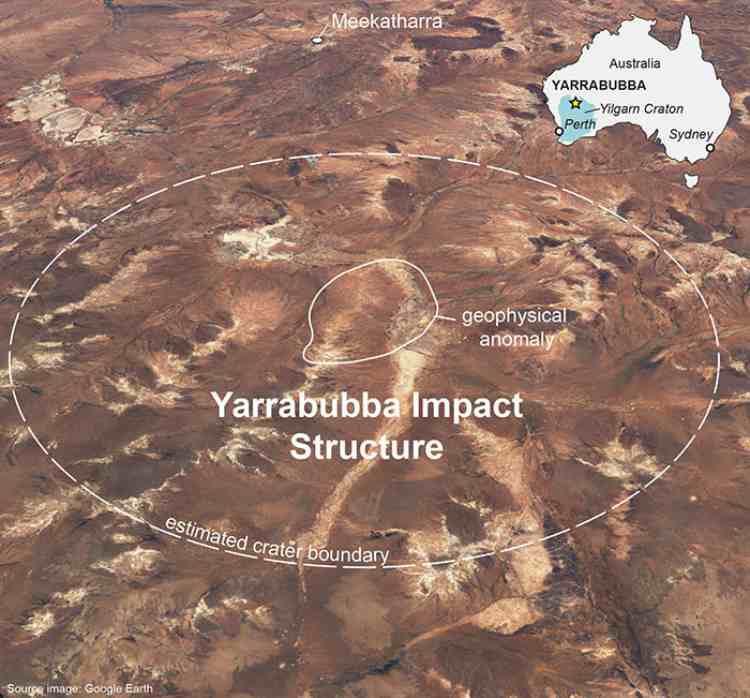
The Yarrabubba impact structure in Australia has been found to be 2.229 billion years old. It is 200 million years older than the Vredefort Dome in South Africa, which was previously the oldest known crater.
The Yarrabubba impact structure is located in a remote part of Western Australia and was once 70 km across. However, the natural forces have shrunk its size to approximately only 20 km over time. The site has been heavily eroded by wind, rain, and other factors, which makes dating it challenging. However, the team led by NASA scientist Timmons Erickson used an electron microscope to measure the age of two minerals, zircon, and monazite, which were melted by the meteor impact. The uranium and lead in those crystals were then measured, revealing that the meteor strike occurred 2.229 billion years ago.














